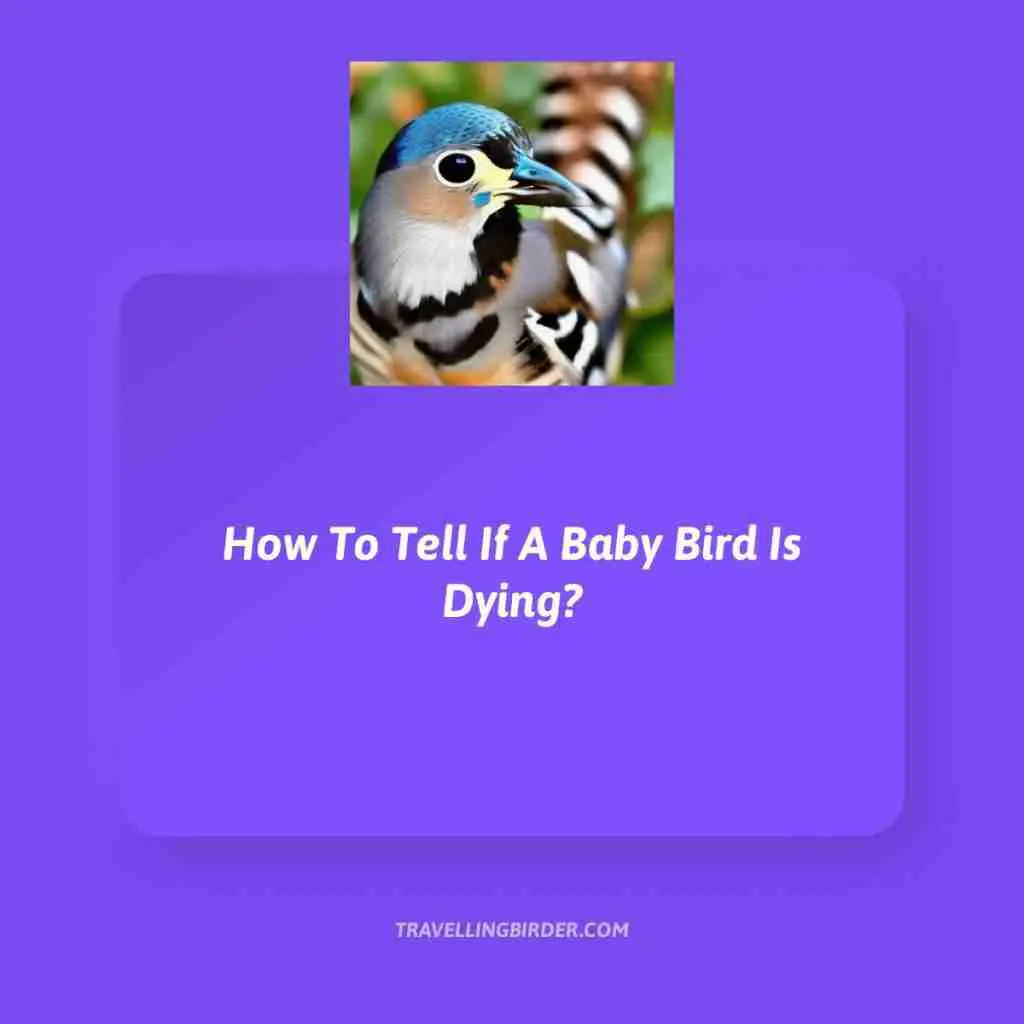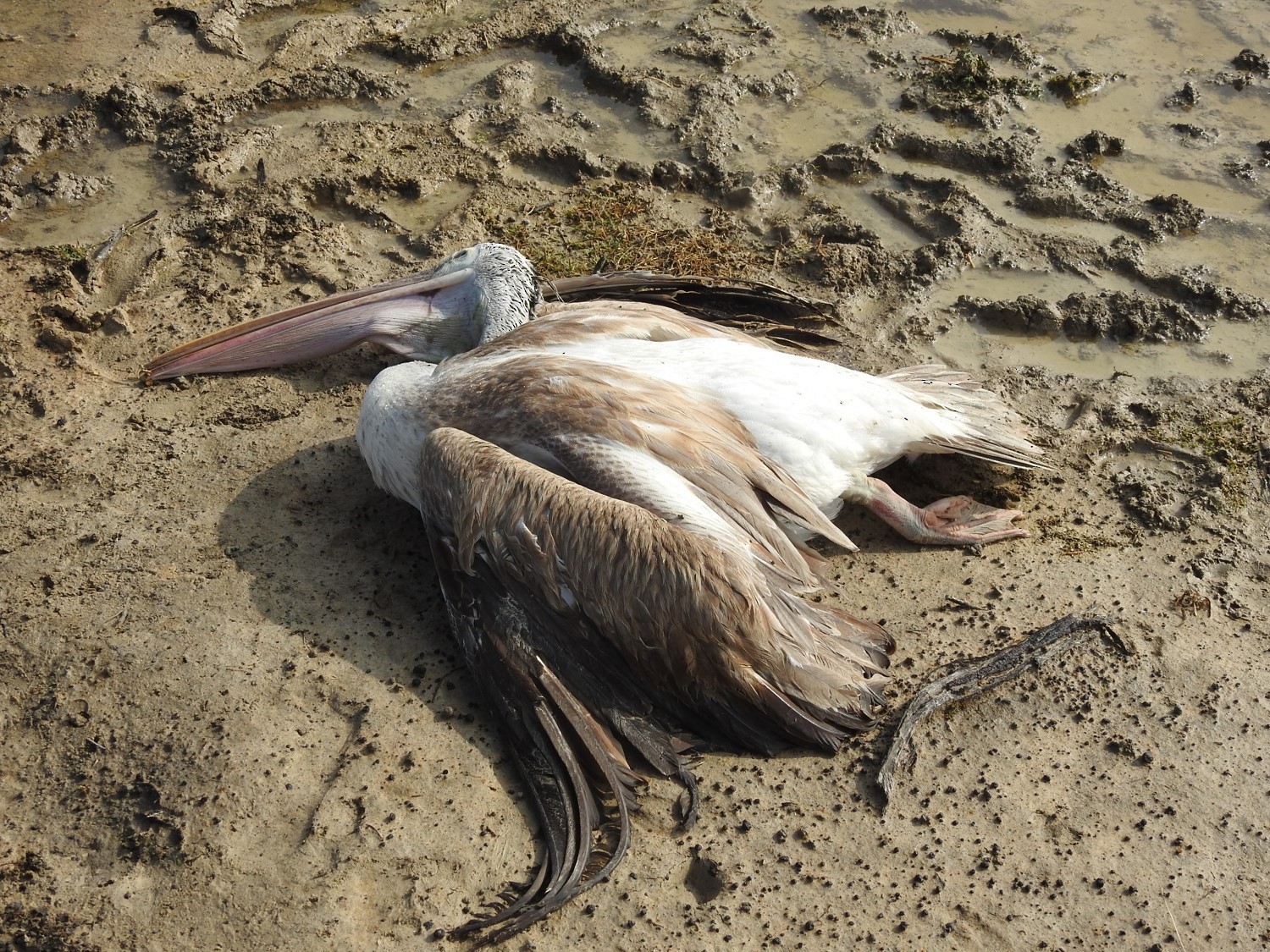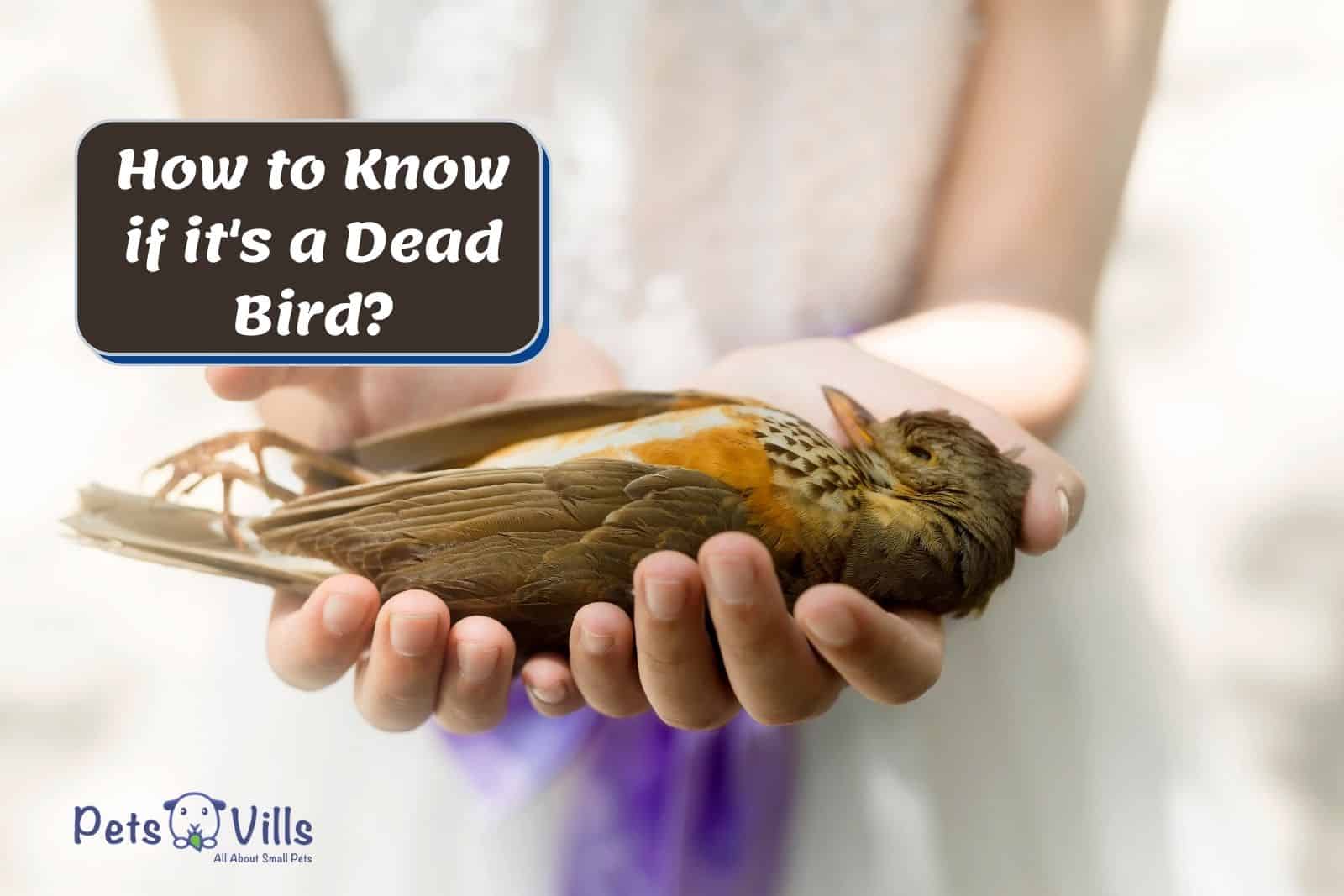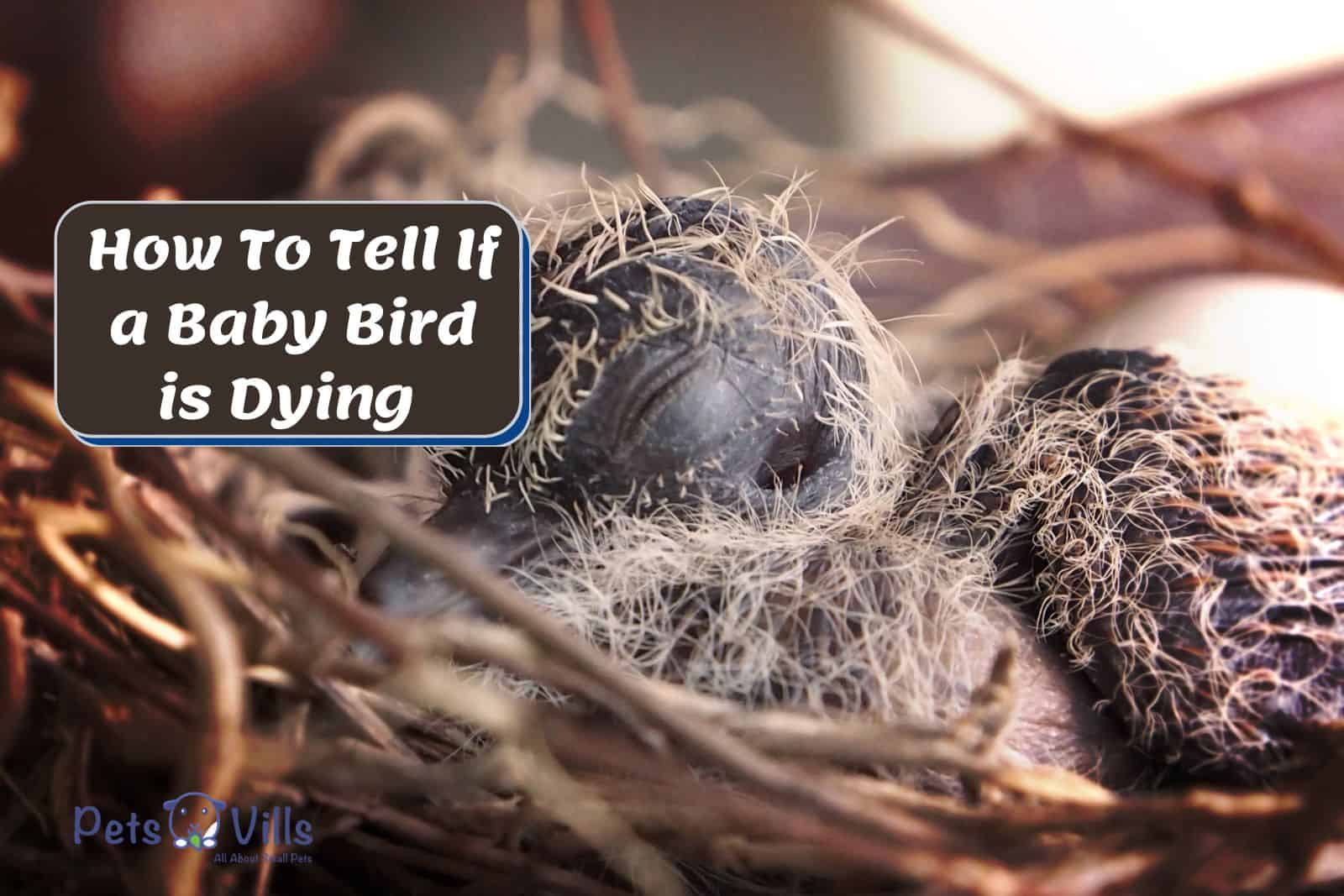Cool Info About How To Tell If Your Bird Is Dying

Observe the bird closely for any visible wounds or bleeding.
How to tell if your bird is dying. Wheezing, sneezing, labored breathing, and making clicking sounds with each breath are all signs of air sac mites and other avian respiratory infections. A dying bird experiences a significant decrease in appetite or may stop eating altogether. There are approximately 10,000 passerine species in the world.
This can be caused by many factors such as. It may sit in one spot. When observing a baby bird, it’s crucial to be able to identify signs of distress or illness symptoms that may indicate the bird is dying.
Isolation is an essential step for any parrot in the last days of life, but it’s especially critical when the bird is dying. Healthy baby birds are usually very active, vocal and full of energy. If you don’t have a thermometer, a good way to tell your bird is overheated is to watch the way it holds its wings.
Is this bird dead, or just stunned? That grief is compounded when you don't even know why a friend is pulling away. Reduced appetite (a bird may pretend to eat to avoid drawing attention, so check carefully) shivering.
When a bird holds its wings out as if to fan itself, the air in its. For a thoughtful birdwatcher in this situation, two questions will come to mind: Some birds have been observed to exhibit behaviors that suggest they are mourning the death of their companions.
Look for abnormalities in its posture or movements, such as limping or favoring one wing. Respiratory issues are common among both pet and wild birds, just as it is among us, humans. If the bird’s eyes are closed, sunken or have become dull.
A sick or dying bird will usually have little to no energy. Getting ghosted, one study found, makes you feel hurt and sad and lowers your. He'll become less sociable, and more lethargic and quiet.
It might take a while for you notice symptoms,. Automated page speed optimizations for fast. Signs of a dying hummingbird include puffed up feathers, weakness or difficulty flying, lethargy or lack of movement, loss of appetite, and rapid breathing.
If you have a cockatiel, you know they’re. When your canary is critically ill or injured, he'll stop eating and drinking; Some breeds are in danger of.
Bobbing its tail up and down with each breath to expand its lungs. Look out for the following symptoms: A few common distress behaviors include.







:max_bytes(150000):strip_icc()/how-to-recognize-sick-birds-387344-FINAL-CJ-d971a16abd3343588affff37adbfc669.jpg)




/close-up-of-parrot-perching-550774011-588bfa813df78caebce26a31.jpg)





